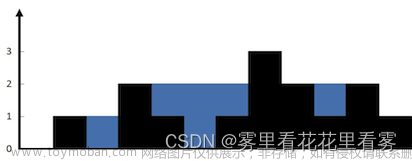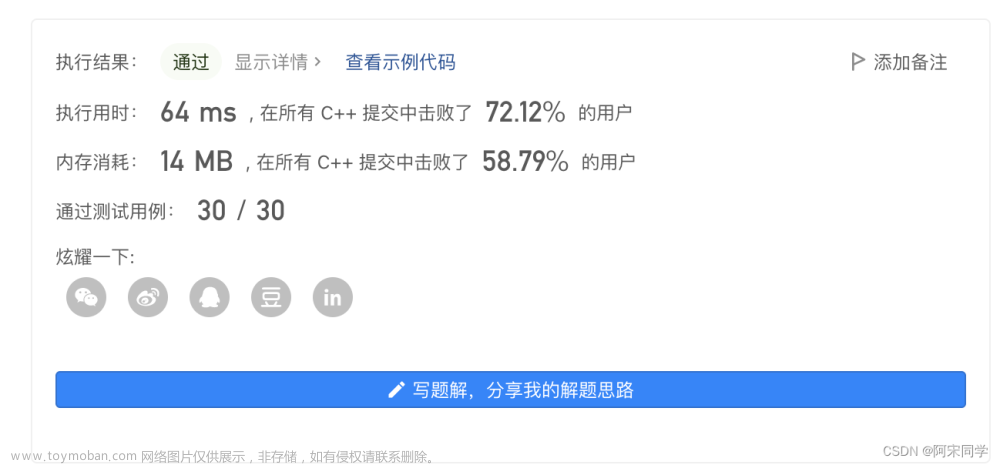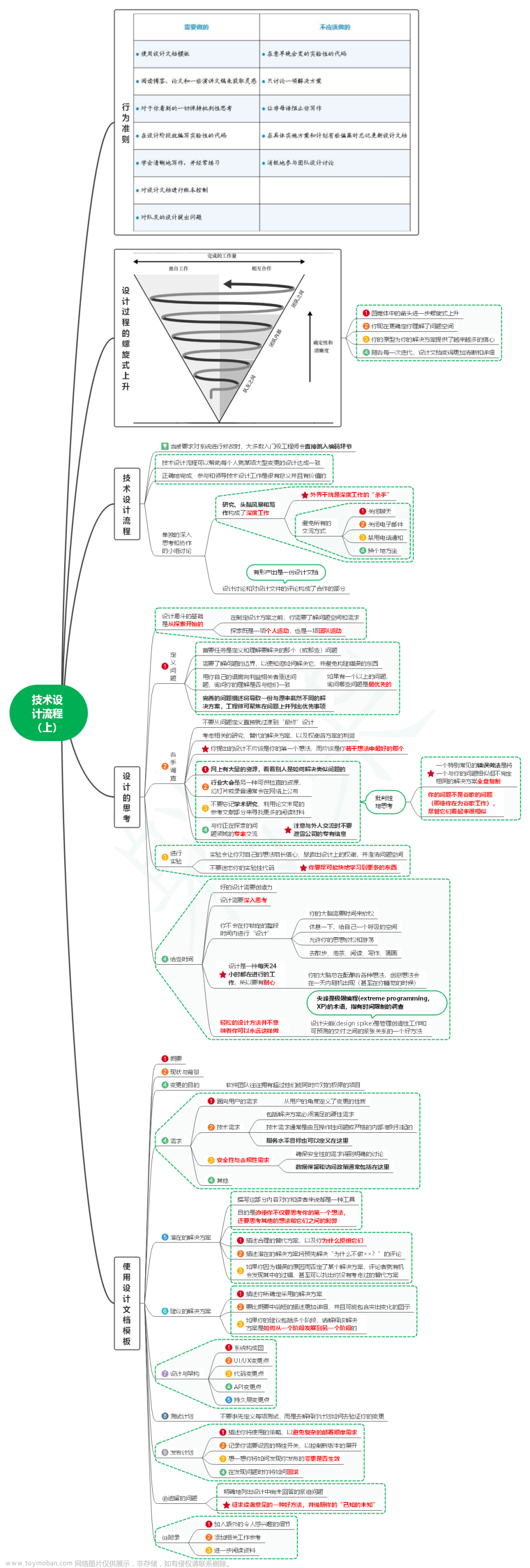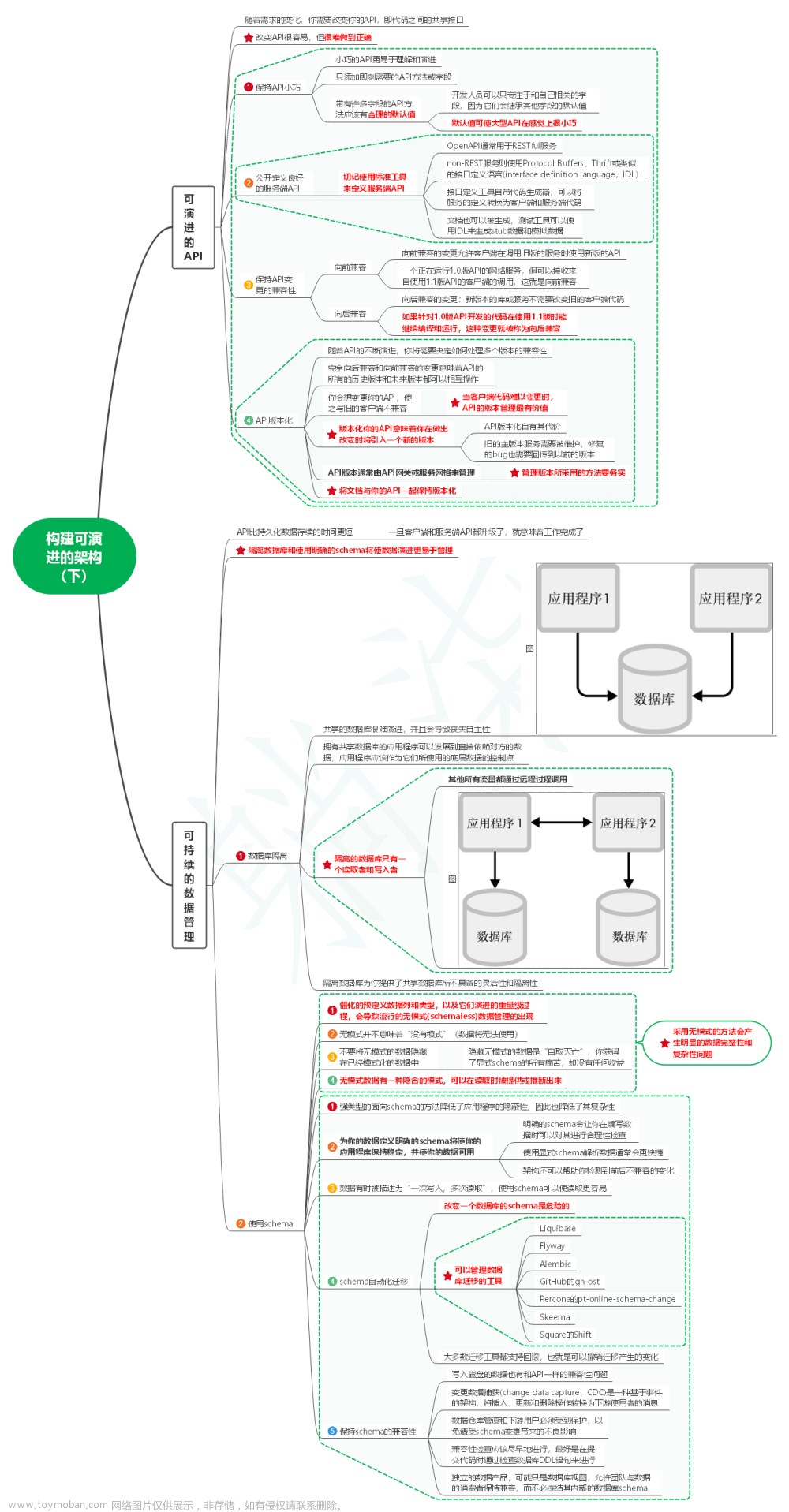题目描述
描述:哦,不!你不小心把一个长篇文章中的空格、标点都删掉了,并且大写也弄成了小写。像句子"I reset the computer. It still didn’t boot!“已经变成了"iresetthecomputeritstilldidntboot”。在处理标点符号和大小写之前,你得先把它断成词语。当然了,你有一本厚厚的词典dictionary,不过,有些词没在词典里。假设文章用sentence表示,设计一个算法,把文章断开,要求未识别的字符最少,返回未识别的字符数。
注意:本题相对原题稍作改动,只需返回未识别的字符数
示例:
输入:
dictionary = ["looked","just","like","her","brother"]
sentence = "jesslookedjustliketimherbrother"
输出: 7
解释: 断句后为"jess looked just like tim her brother",共7个未识别字符。
提示:
0 <= len(sentence) <= 1000
dictionary中总字符数不超过 150000。
你可以认为dictionary和sentence中只包含小写字母。
解题思路
思路:最直观的想法是,动态规划+字典树。使用dp[i]表示长度为i的字符串的最少未识别字符,如果下标0i-1(长度1i)之间未匹配,则dp[i]=dp[i-1]+1,反之如果下标j-1i-1(长度ji)之间发生匹配,则dp[i]=dp[j-1]+1,其中字典树需要逆序构建喔!
class Trie {
public:
//下一个字母
Trie* next[26];
//该字符是否是该单词的结束位置
bool isEnd;
//前缀树类的构造函数
Trie(){
isEnd=false;
memset(next,0,sizeof(next));
}
//向字典树中插入单词(可根据需求选择正序或者逆序插入)
void insert(string s)
{
//逆序插入
Trie* curPos=this;
for(int i=s.size()-1;i>=0;i--)
{
int t=s[i]-'a';
if(curPos->next[t]==nullptr)
curPos->next[t]=new Trie();
curPos=curPos->next[t];
}
curPos->isEnd=true;
}
};
class Solution {
public:
int respace(vector<string>& dictionary, string sentence) {
int n=sentence.size();
int m=dictionary.size();
//创建字典树对象 使用指针root指向该对象
Trie* root=new Trie();
//构建字典树
for(auto dic:dictionary)
{
root->insert(dic);
}
//dp[i]表示以长度为i结尾的最少未识别字符
vector<int> dp(n+1,INT_MAX);
//长度为0的字符串未识别的为0
dp[0]=0;
//i表示第几个字符
for(int i=1;i<=n;i++)
{
dp[i]=dp[i-1]+1;
Trie* curPos=root;
//j表示第几个字符
for(int j=i;j>=1;j--)
{
//字符对应的下标
int t=sentence[j-1]-'a';
//如果当前字符在字典树中不存在则直接退出
if(curPos->next[t]==nullptr)
break;
//如果当前字符在字典树中且已经结束则求取最小长度
else if(curPos->next[t]->isEnd)
dp[i]=min(dp[i],dp[j-1]);
curPos=curPos->next[t];
}
}
return dp[n];
}
};
总结:注意字典树的数据结构编写方式!!!root->insert!!!
字典树介绍
- 实现 Trie (前缀树)
前缀树 是一种树形数据结构,用于高效地存储和检索字符串数据集中的键。这一数据结构有相当多的应用情景,例如自动补完和拼写检查。
请你实现 Trie 类:
Trie() 初始化前缀树对象。
void insert(String word) 向前缀树中插入字符串 word 。
boolean search(String word) 如果字符串 word 在前缀树中,返回 true(即,在检索之前已经插入);否则,返回 false 。
boolean startsWith(String prefix) 如果之前已经插入的字符串 word 的前缀之一为 prefix ,返回 true ;否则,返回 false 。
示例:
输入
["Trie", "insert", "search", "search", "startsWith", "insert", "search"]
[[], ["apple"], ["apple"], ["app"], ["app"], ["app"], ["app"]]
输出
[null, null, true, false, true, null, true]
解释
Trie trie = new Trie();
trie.insert("apple");
trie.search("apple"); // 返回 True
trie.search("app"); // 返回 False
trie.startsWith("app"); // 返回 True
trie.insert("app");
trie.search("app"); // 返回 True
提示:
1 <= word.length, prefix.length <= 2000
word 和 prefix 仅由小写英文字母组成
insert、search 和 startsWith 调用次数 总计 不超过 3 * 104 次
思路:最直观的想法是,字典树。字典树,一次建树,多次查询。文章来源:https://www.toymoban.com/news/detail-500508.html
class Trie {
private:
bool isEnd; //标记是否为单词结尾
Trie* next[26]; //标记下一个节点可能是什么 分别是a,b,c,d...
public:
Trie() {
isEnd=false;
memset(next,0,sizeof(next));
}
void insert(string word) {
//首先指向当前这棵树
Trie* node=this;
//遍历单词
for(char c:word)
{
//如果对应为空则新建
if(node->next[c-'a']==NULL)
node->next[c-'a']=new Trie();
//然后将节点指向当前(为下一次准备)
node=node->next[c-'a'];
}
//置单词结束标志
node->isEnd=true;
}
bool search(string word) {
//首先指向当前这棵树
Trie* node=this;
for(char c:word)
{
node=node->next[c-'a'];
if(node==NULL)
return false;
}
return node->isEnd;
}
bool startsWith(string prefix) {
//首先指向当前这棵树
Trie* node=this;
for(char c:prefix)
{
node=node->next[c-'a'];
if(node==NULL)
return false;
}
return true;
}
};
总结:字典树一般用于单词查找和前缀匹配。文章来源地址https://www.toymoban.com/news/detail-500508.html
到了这里,关于【程序员面试金典】面试题 17.13. 恢复空格的文章就介绍完了。如果您还想了解更多内容,请在右上角搜索TOY模板网以前的文章或继续浏览下面的相关文章,希望大家以后多多支持TOY模板网!










